If you want to sell more, start using CRM as the sales tool it was designed to be and stop looking at it as a form of management compliance. Believe it or not CRM is your friend, sometimes the only one you have, so help it to help you to sell better. Your results will thank you later.
A well used CRM will fundamentally change your output. It will shorten sales cycles, increase average deal sizes, keep you from hanging on to “poor fit” opportunities too long, and keep things from falling through the cracks.
The best approach to using CRM is to customise it to fit your individual or company sales methodology, however, even if you can’t add new fields you can almost certainly use the fields that are there to capture the information you need to sell better and offer your customers a better buying experience.
If you want to sell better make sure you use your CRM to capture the following information so you can use it to your advantage later:
The motivation of your buyer – Why do they want to buy? If you don’t know why your buyer needs to change, you’re wasting your time try to sell to them. Always try to find out and record why stakeholders want to buy and how you can meet their need.
The problem(s) the buyer is trying to overcome – You need to be sure you know exactly what the business and/or technical issues the buyer is trying to solve. Capture them in the CRM in the most specific terms you can – try to standardise them if possible. It can’t be vague or high-level, such as “wants to buy a CRM to better manage customer relationships”. Inevitably you will come back to this throughout the sale as you try to address specific pain points and provide a solution so don’t cut corners.
The next stage – An opportunity can usually not be won without a series of small wins. Little sales within a larger sale are the things your buyers commit to doing to move the sale along. It can be agreeing to a meeting in person, signing up for a demo, starting a trial or agreeing to introduce you to their team or board. You must know and document every stage of the sales process with what your next win will be. Then only work on that next win.
Next steps – Many people skip using their CRM for this. Use reminders and activities (all CRM’s have these) to get you and your buyer to do the things you need to get to the next stage. It’s so easy yet so often overlooked. All tasks should be time bound and have reminders. You will inevitably forget things but your CRM won’t.
Descriptions of the current and future state – This is as much about helping you visualise the sale. The current state is what’s going on right now. What’s working, what’s not working. What’s wrong with the current process? How is their business being affected? How long has it been going on? What are the key metrics and how are they being impacted, etc? The future state is your vision (or hope) for the buyer once they’ve gone with your solution. It’s also what the buyer wants to accomplish and how they’ll know they made the right decision. Make sure it’s clearly documented as again you’ll probably need to refer back to this throughout the sales process.
Key Influencers and their unique motivations – It’s unlikely that 1 person alone will make the buying decision, particularly in a B2B environment. In addition to your primary contact, there is likely to be many other stakeholders – finance, management, tech, marketing, sales etc and they’ll all have slightly different motivations and blockers, sometimes competing with each other. If you can, you should document the entire team and their buying motivations, who are the decision makers and who are the influencers. How will you handle each?
Set accurate close dates, deal sizes and probabilities – Make sure all your opportunities have accurate close dates. This is as much for you as it is for those accessing the forecast reports. You should be able to run a report and know immediately if you have enough quality opportunities to make your next target. No point trying to make yourself look like a hero with bullish dates and $ amounts if you keep missing target.
If you want to get better at selling, learn to use CRM as a sales tool that helps you better position yourself with your buyers, manage their motivations, overcome objections, create closing strategies, address issues, find champions, and importantly, let go of the dead opportunities that are holding you back.
The best salespeople know how to use CRM as a tool for success, not as a data dumping ground. It’s like any other tool, if used properly it will make your job easier and make you more efficient. If you want to learn to sell better, try using your CRM as a selling tool. You’ll find it will make a huge difference to your results.



